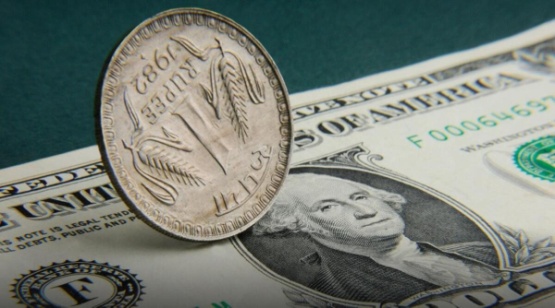Description

Disclaimer: Copyright infringement not intended.
Context:
- The Reserve Bank of India (RBI) conducted a $ 5 billion dollar-rupee swap auction as part of its liquidity management initiative. This lead to infusion of dollars and sucking out of the rupee from the financial system.
What is a Dollar–Rupee Swap auction?
- It’s a forex tool whereby the central bank uses its currency to buy another currency or vice versa.
- It is the tool used by the RBI to infuse/suck out the liquidity in the economy and manages the currency pressure. It is operated through an exchange between the US dollar and the rupee.
How it works?
- Under dollar rupee sell/buy swap auction, Banks shall buy US dollars from the Reserve Bank of India.
- Against these INR rupees, Reserve Bank of India gives US Dollar to the banks.
- Also, RBI immediately gets into an opposite deal with banks promising to sell dollars at a later date (say after some years).
- In this way, RBI tries to increase the US dollar liquidity in the market as there is a mismatch.
Why do Central Banks engage in it?
- Forex swaps help in liquidity management. It is a tool to infuse/suck out the liquidity in the economy.
- It also, helps in keeping the currency rates in check.
- Example: A dollar–rupee buy/sell swap injects INR into the banking system while sucking out the dollars, and the reverse happens in a sell/buy swap.
|
When the central bank sells dollars, it sucks out an equivalent amount in rupees, thus reducing the rupee liquidity in the system.
Dollar inflow into the market will strengthen the rupee which has already hit the 77 level against the US dollar at present.
|
Impact on rupee and bonds:
- Forex swaps are intended for liquidity management. Therefore, their impact on currency is only incidental.
- Amidst global tension(Ukraine-Russia war) and hardening crude oil prices, it’s important to keep INR under control. The RBI resorting to selling USD in two tranches will keep a check on Rupee’s volatility and help curb its depreciation to some extent.
|
The RBI normally brings down liquidity in the system when inflation threatens to rise sharply. With crude oil prices rising sharply in the wake of the Russia-Ukraine war, inflation is set to rise in the coming days.
|
- For the bond market, the exercise may have a pronounced impact.
- Bonds yields are already on an incline.
- Liquidity intervention through swaps will leave room for the central bank to buy bonds when needed.
- Consequently, the strategy will contain bond yields.
Important Links:
https://www.iasgyan.in/blogs/bond-yield
https://www.iasgyan.in/daily-current-affairs/monetary-policy
https://www.iasgyan.in/blogs/key-economic-concepts-back-to-basics#:~:text=Monetary%20policy%20is%20the%20macroeconomic,%2C%20consumption%2C%20growth%20and%20liquidity












